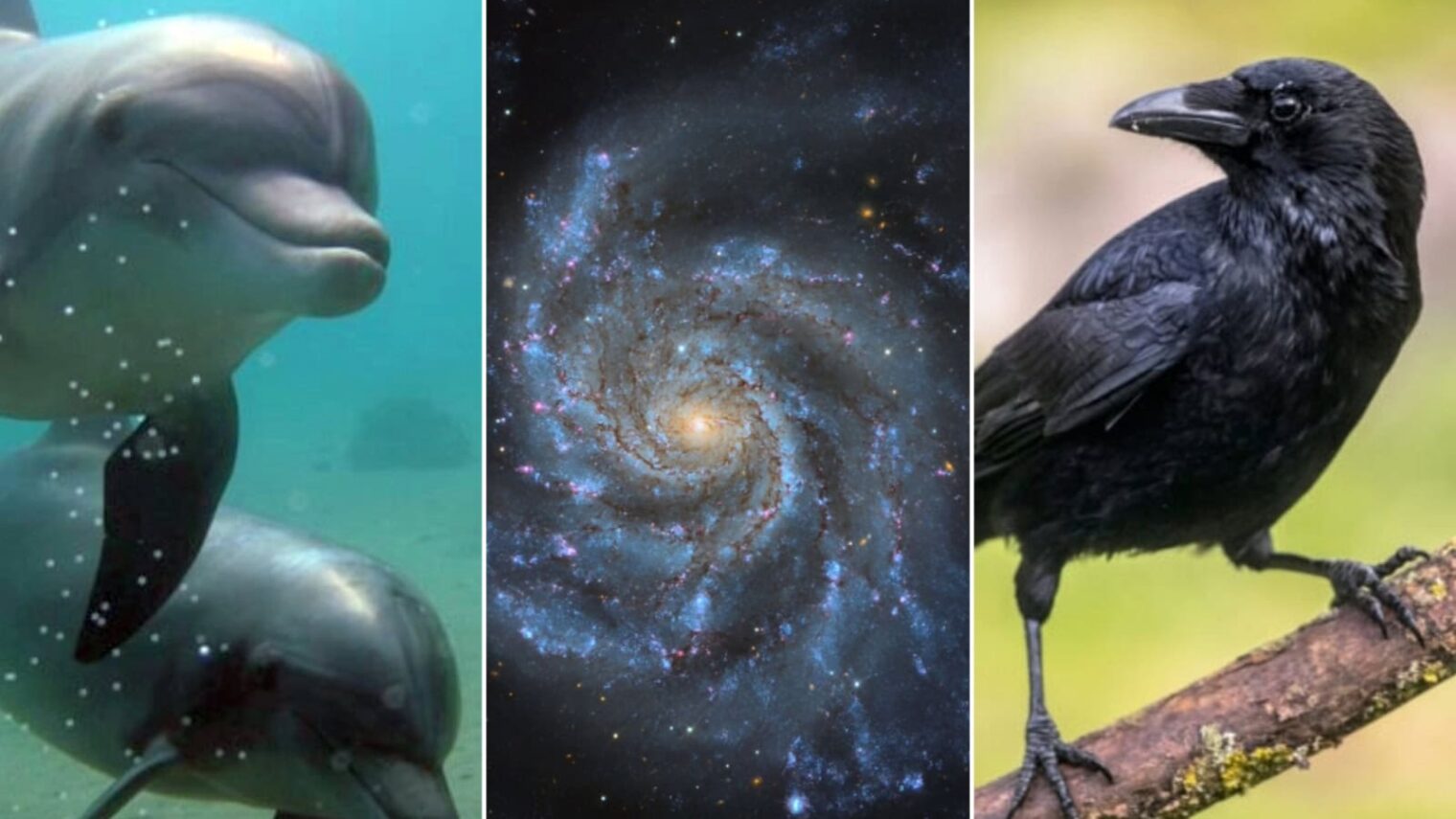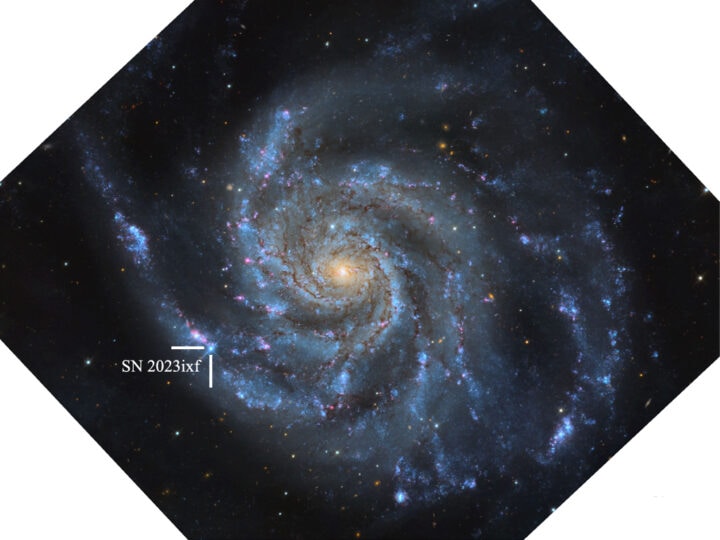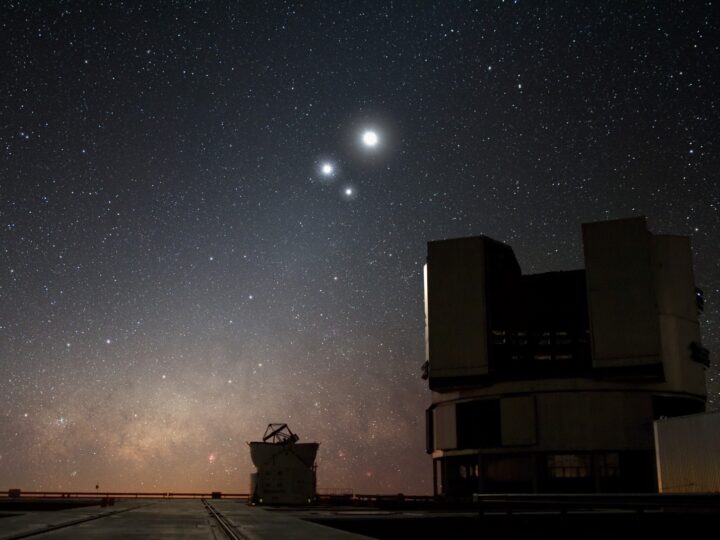This year isn’t yet half over and it has already held remarkable scientific discoveries by Israeli researchers across various disciplines.
From unraveling the intricacies of animal behavior to delving into the mysteries of the cosmos, these findings not only expand our understanding of the world but also pave the way for groundbreaking advancements in the future.
Let’s delve into 11 of the most fascinating discoveries made by Israeli scientists in 2024 so far:
There’s a link between heart attacks and cancer

Israeli scientists from Tel Aviv University and Sheba Medical Center made a breakthrough in understanding why heart attack survivors are at higher risk of developing cancer.
They discovered that tiny bubbles released by the healing heart, called small extracellular vesicles (sEVs), promote cancer cell growth throughout the body. By inhibiting these sEVs using drugs such as spironolactone, researchers slowed tumor growth in animal tests by 30 percent.
This finding could lead to improved treatments for cardiac patients to reduce their cancer risks.
A way to help women with eating disorders
At Hebrew University, researchers found that training “restrained eaters” to be more flexible in responding to food cues significantly improved their attitudes toward high-calorie foods.
Traditionally, attempts to disrupt restrained eating patterns involved eliminating inhibitory food responses, but this often led to increased food consumption and heightened food-related anxiety.
The new approach of balancing responses to food cues offers a more positive emotional reaction to food among restrained eaters, and new hope for enhancing eating behaviors in those with disorders like anorexia and bulimia.
Plants extend coronary bypass patient lifespans

Israeli researchers from Tel Aviv University conducted a groundbreaking study showing that heart patients living in green, plant-rich spaces experienced a 7% lower risk of mortality compared to those in non-green areas during the 12-year post-surgery period.
The researchers attribute this benefit to factors like cleaner air, increased physical activity, a calmer atmosphere, and an overall better quality of life, highlighting the importance of green environments in aiding recovery from major medical procedures like bypass surgery.
New species of yeast can fight deadly fungus
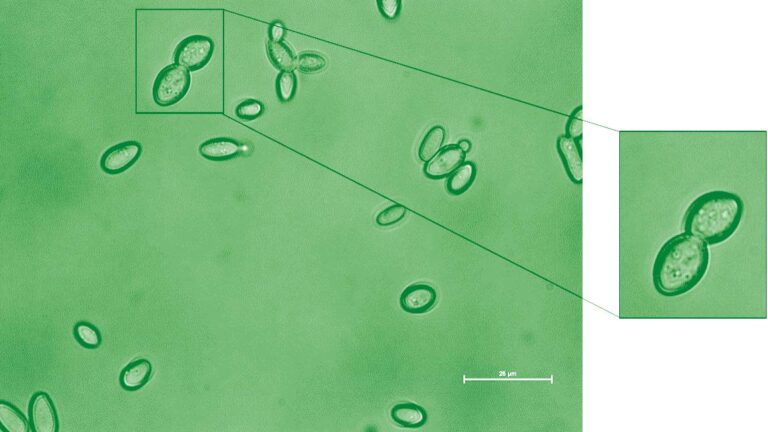
Scientists at the Weizmann Institute of Science identified a new species of yeast named “Kazachstania weizmannii.” This discovery carries potential in fighting Candida albicans, a harmful yeast responsible for around 200,000 deaths per year.
K. weizmannii, reminiscent of sourdough yeasts, coexists peacefully in mice intestines even under immune-suppressed conditions. Initial human gut samples hint at its ability to compete with Candida species, signaling promise for improved treatment options against invasive candidiasis.
Low testosterone is associated with high anxiety
Scientists from Ben-Gurion University discovered a crucial link between low testosterone levels and high anxiety in a recent study published in Molecular Psychiatry.
Through experiments on rats, the team identified a key brain receptor, tachykinin receptor 3 (TACR3), as the crucial element connecting mental state with testosterone levels.
The implications extend to human health, as individuals with abnormal TACR3 may face issues such as micropenis, cryptorchidism (absence of testicles), hypogonadism (testicular dysfunction), deficient testosterone production, delayed puberty, and heightened risks of depression and anxiety.
Crows are more active near human environments
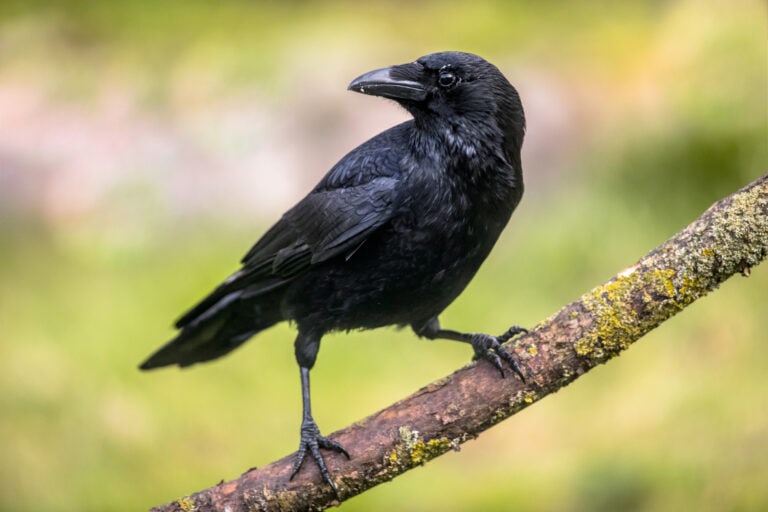
Tel Aviv University researchers discovered that crows and ringneck parakeets are significantly less active in the absence of humans. These birds typically rely on leftover food from people in parks, but when humans are not around, they search for alternative food sources, leading to a 50% decrease in crow calls and a 90% drop in parakeet chirping.
Meanwhile, the shy and antisocial prinia, a species of warbler, becomes more active by about 12% when humans are absent.
These findings underscore the dependency of some urban animals on humans and showcase the adaptability and diversity of urban ecosystems.
Dolphin communication is affected by boat noise

Researchers at the University of Haifa‘s Charney School of Marine Sciences have used AI technology to uncover the significant impact of ship noise on dolphin communication.
This study provides concrete evidence that dolphins alter their communication patterns when exposed to ship noise, potentially affecting their behavior and migration patterns.
Although the exact implications of this altered communication remain to be fully understood, scientists suggest it may be linked to stress or distress responses, highlighting the broader impact of maritime traffic on marine life.
A red supermassive black hole is rapidly expanding
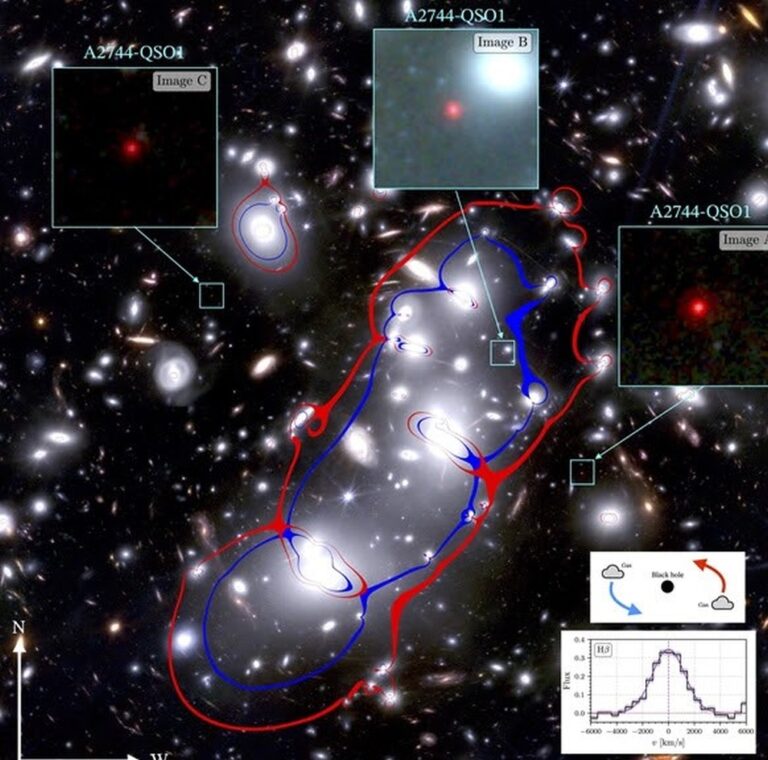
A team of astronomers from Ben Gurion University of the Negev identified an “extremely red” supermassive black hole using data from the James Webb Space Telescope (JWST).
Situated roughly 12.9 billion light-years away, this black hole dates back to about 700 million years post-Big Bang. Its distinctive hue stems from being shrouded by a dense layer of dust and gas, obstructing much of its light.
The team’s observations suggest the black hole is rapidly expanding, raising questions about its formation. Researchers are intrigued to find out whether such colossal black holes evolve from collapsed stellar remnants or from direct material collapse during the universe’s early stages.
A super-dense black hole in the Milky Way is 10 billion years old
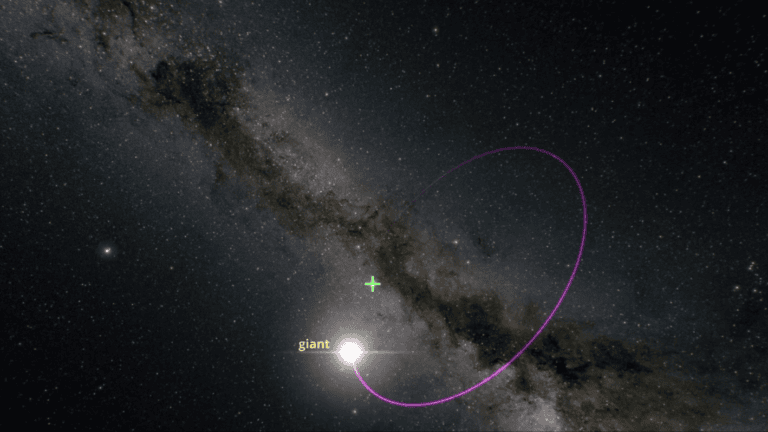
An international team of scientists, including researchers from Tel Aviv University, unveiled a remarkable find: a black hole situated 1,500 light years from Earth, boasting a density 33 times greater than our sun.
This discovery, detailed in the Astronomy & Astrophysics journal, showcases the black hole’s exceptional density, which surpasses other known black holes in the Milky Way by threefold.
Dubbed Gaia BH3, this cosmic anomaly resides within a binary star system, where it’s orbited by a companion star. What sets Gaia BH3 apart is not just its density but also its age, estimated to be around 10 billion years old, with its companion star tracing an 11-year orbital cycle around this celestial behemoth.
A supernova explosion gives clues to formation of black holes
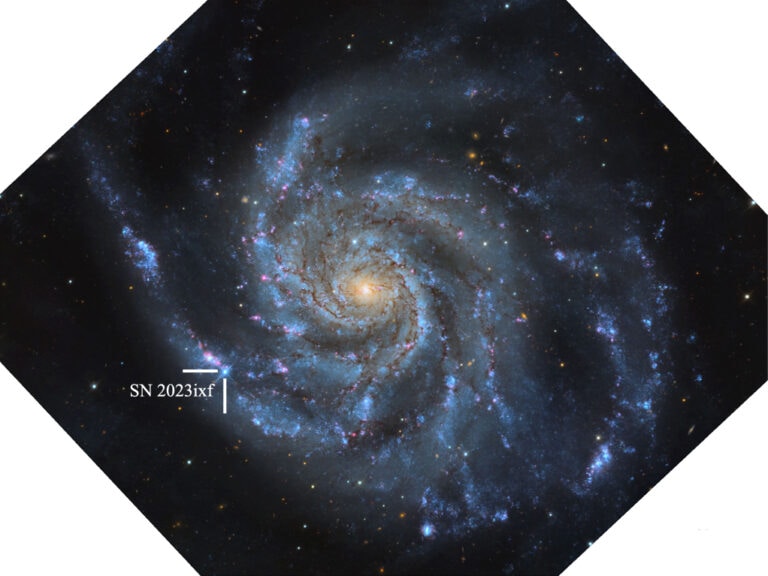
Israeli scientists observed and analyzed a rare supernova using NASA’s Hubble Space Telescope, shedding light on the formation of black holes.
Supernovas, occurring about once a century, are unpredictable events studied like cosmic archeology. By mapping the layers of the exploding star, researchers inferred the creation of a black hole post-explosion. This breakthrough enhances our grasp of stellar lifecycles and the birth of new cosmic bodies.
Ancient canyon runs under the Mediterranean Sea
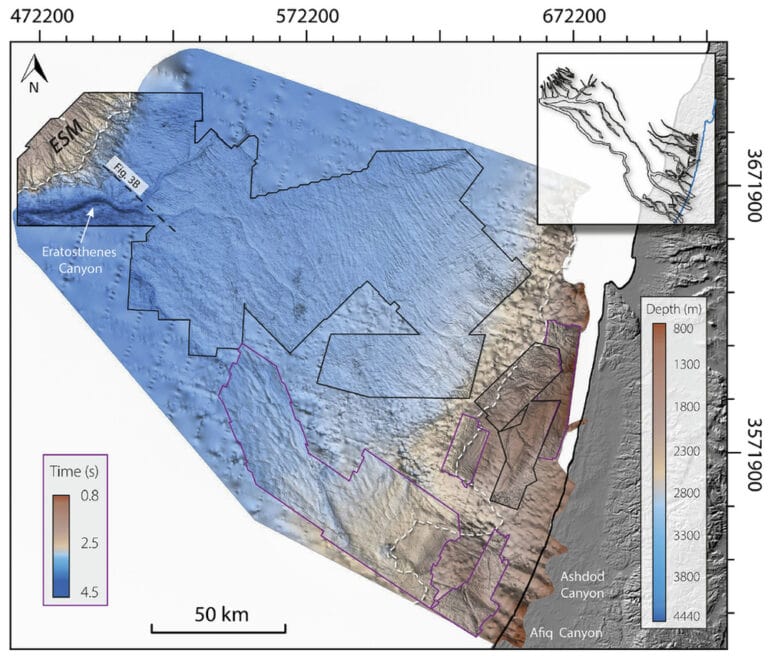
Deep in the Mediterranean Sea, scientists from the Geological Survey of Israel (GSI) have revealed a colossal submarine canyon near the Eratosthenes Seamount in the Levant Basin.
The canyon, dating back around 6 million years to the Messinian geologic period, spans 10 kilometers in width and 0.5 km in depth, and probably formed during a time of extreme salinity.
This find provides valuable insights into prehistoric geological events in the region, offering a glimpse into Earth’s ancient history.




